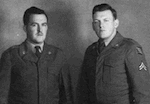“I had a lot of special details, jobs that weren’t on the roster because they were unexpected. Me and one of the other MP’s, and I’m sorry I can’t remember his name, were assigned a detail to go up to the war crimes building to pick up a prisoner, supposedly to take him to the doctor.
We reported before anyone told us what the job was, or why were there. They brought out this prisoner and told us who he was Tojo. General Tojo, of the Japanese Army! We were to take him to the dentist.
Now, as I said before, some of the little things you can’t remember after so many years have gone by, so I don’t recall the dentist’s name or where his office was. But I won’t ever forget Tojo. You know, here I am just a corporal in the U.S. Army and I am being placed in charge of, and have the responsibility for a man who commanded an army. It’s hard to say how many people his army killed, by his orders throughout the years that he was in command. Now, he was my prisoner.” CPL Arthur J. Boggs, Charlie Company, 1947-1950.

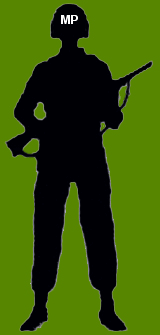




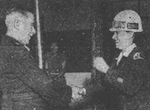
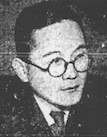 Chief Ide
Chief Ide
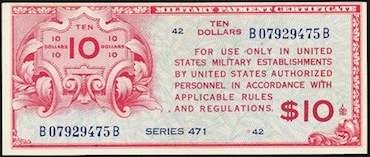
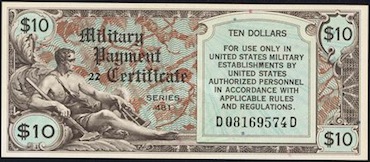
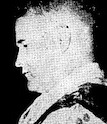 Chaplain Ryan
Chaplain Ryan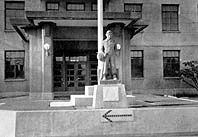
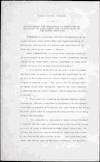
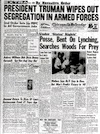

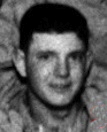 CPL Boggs
CPL Boggs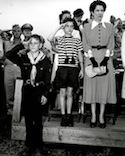

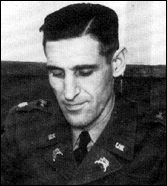 MAJ Smith
MAJ Smith